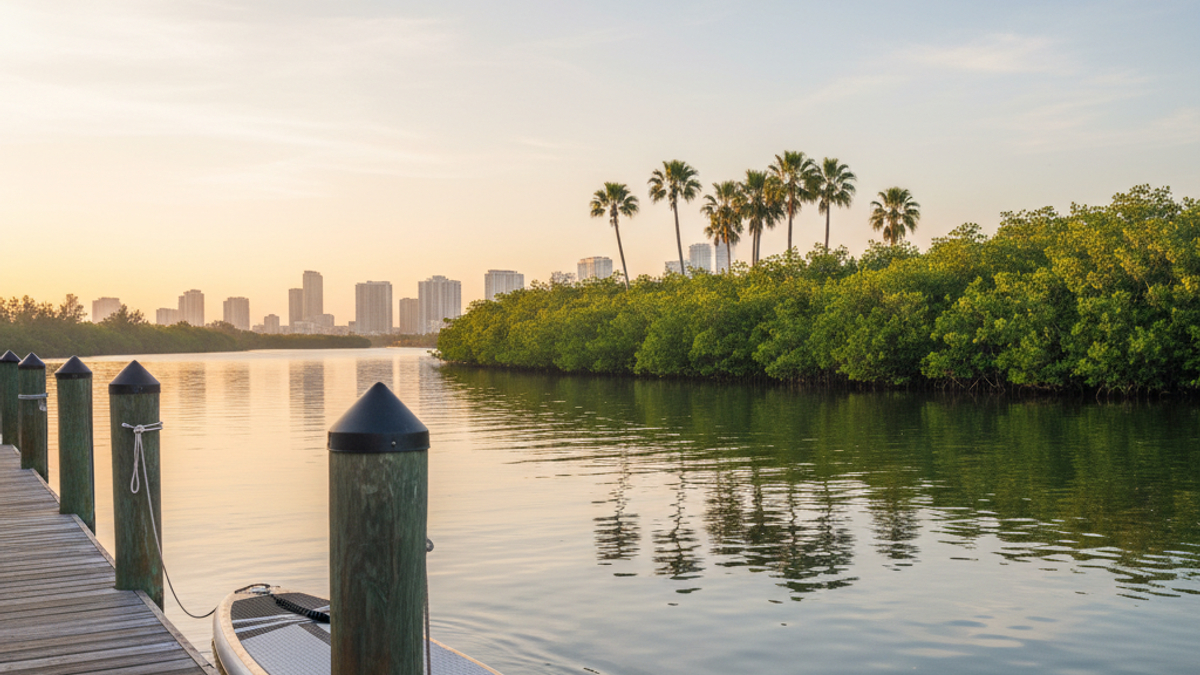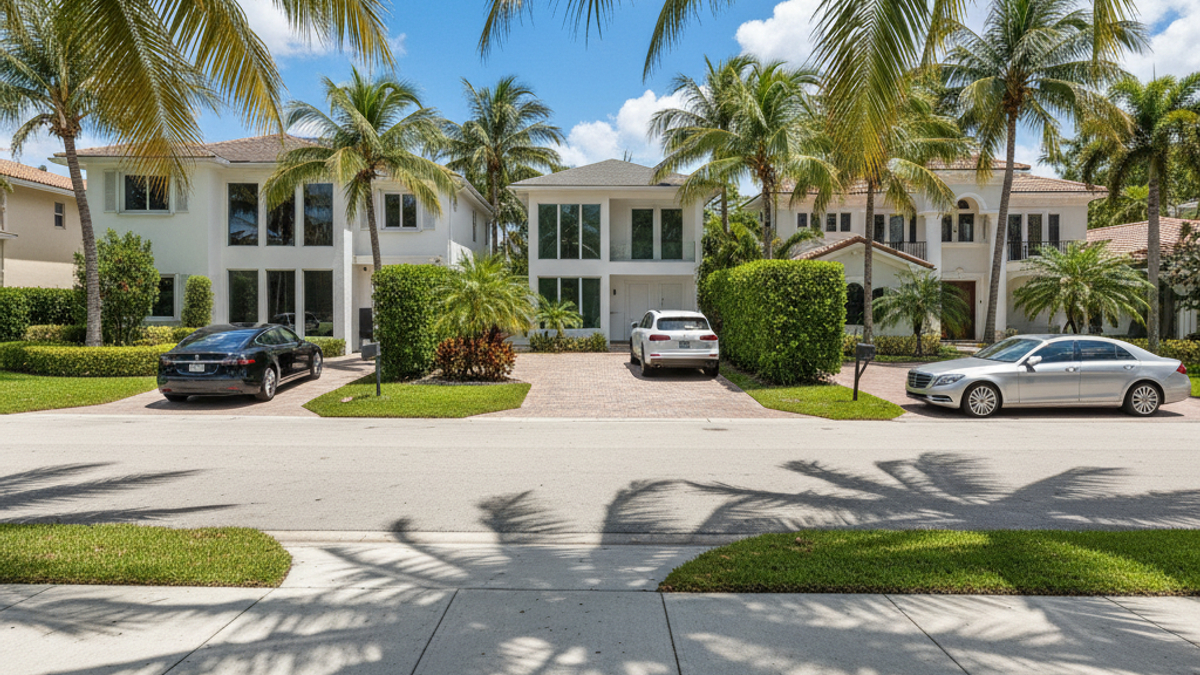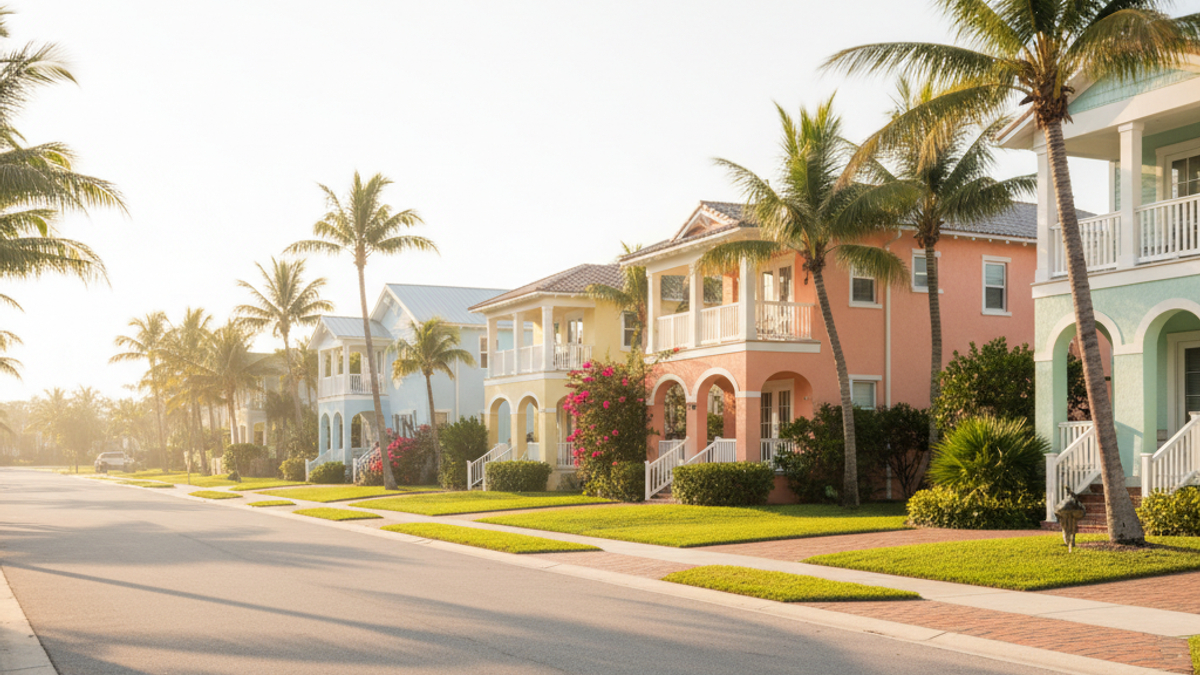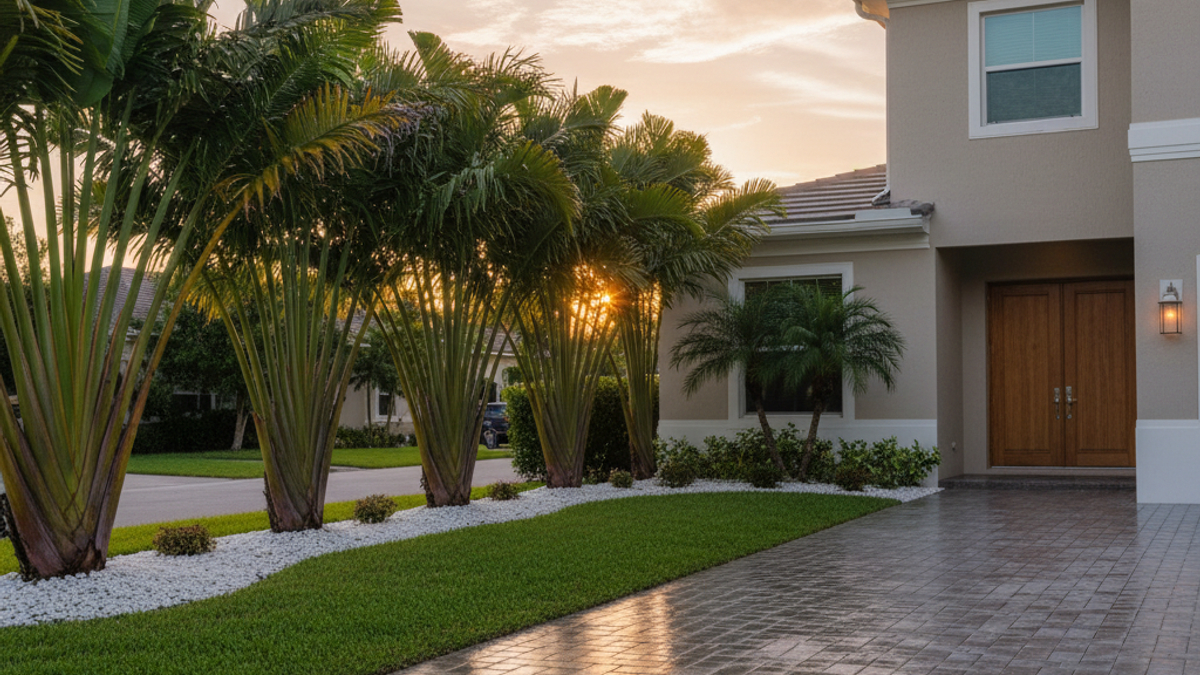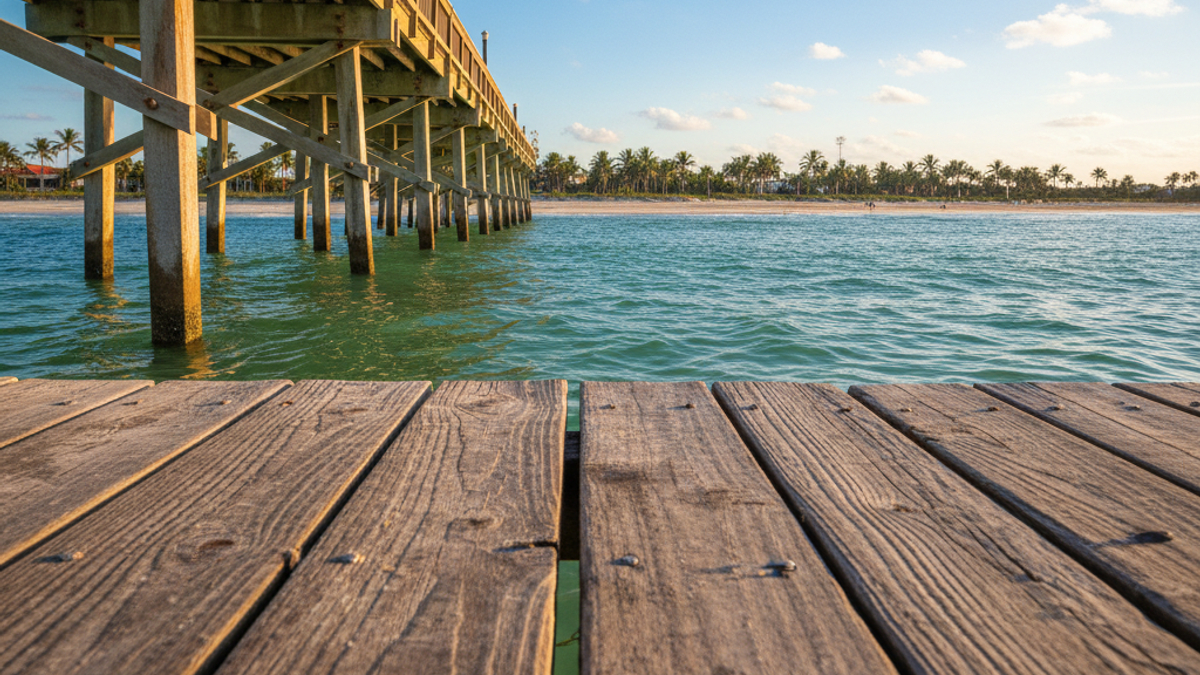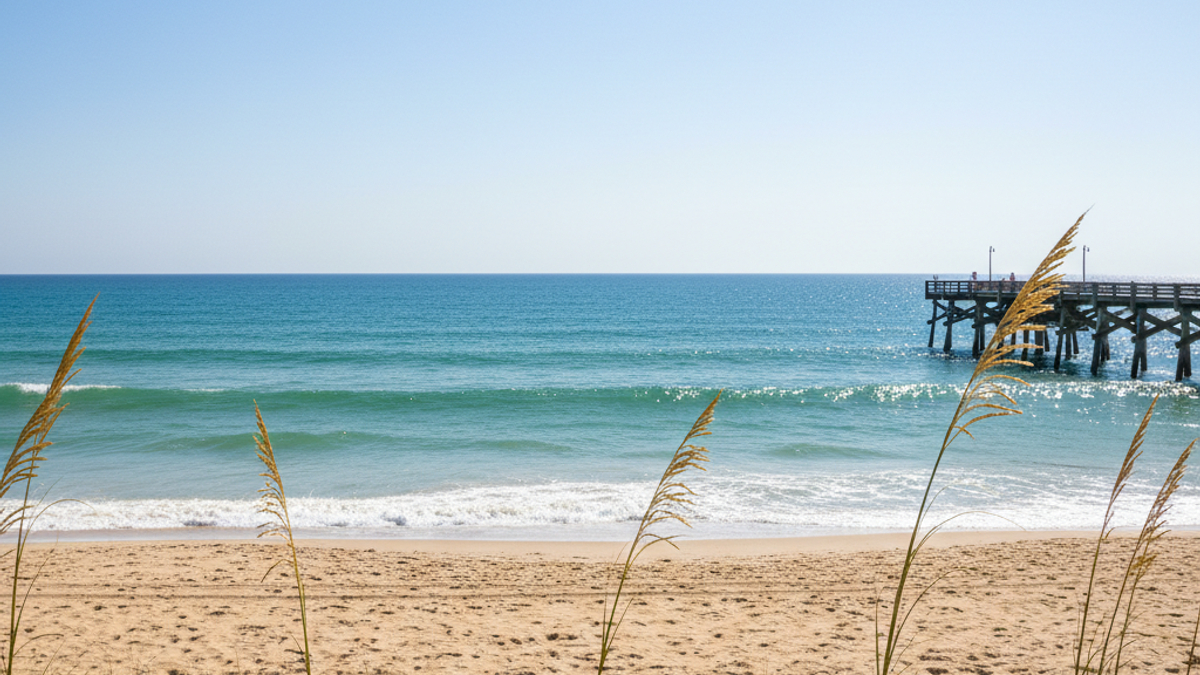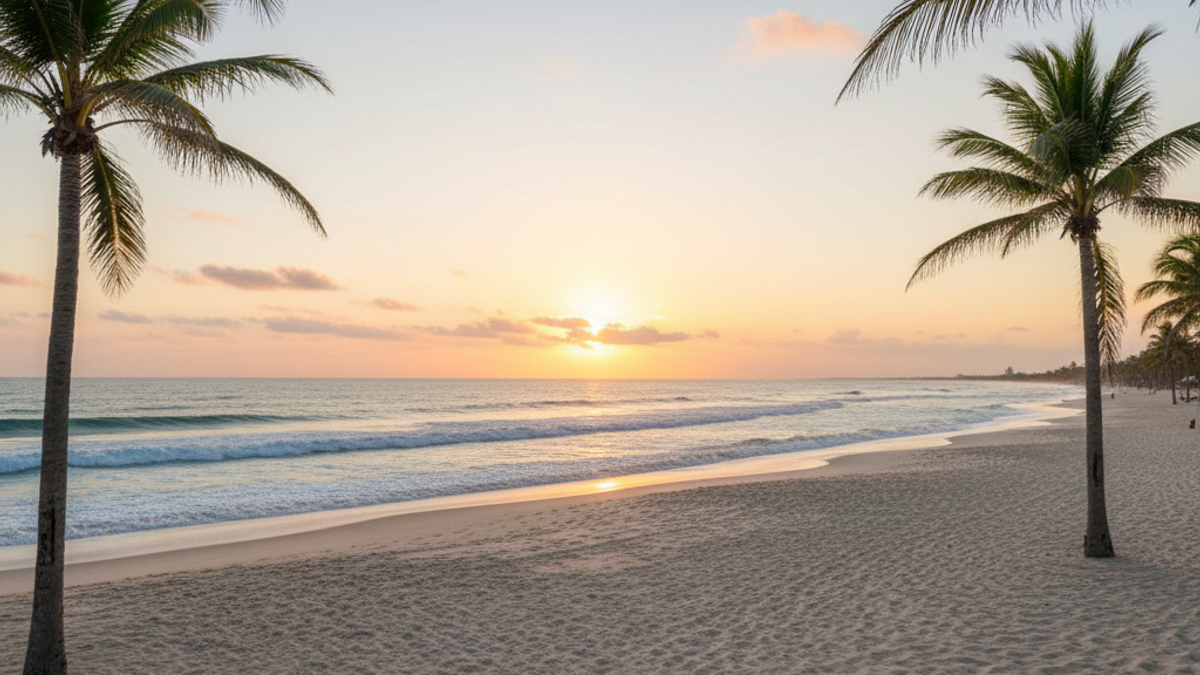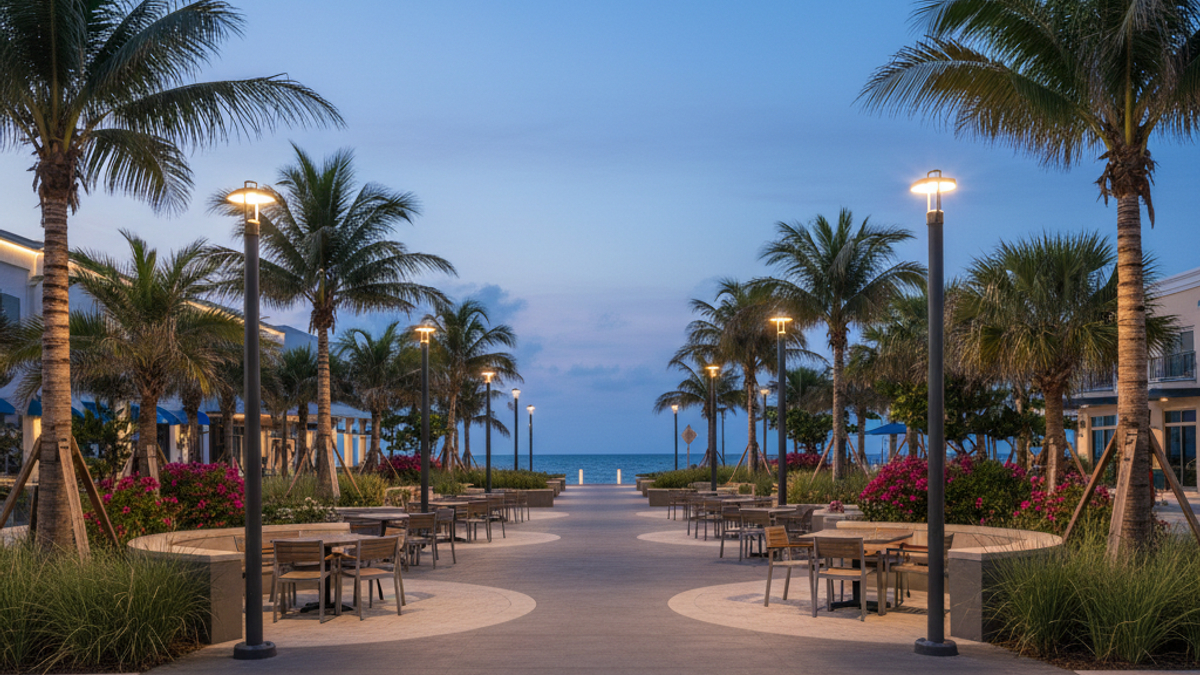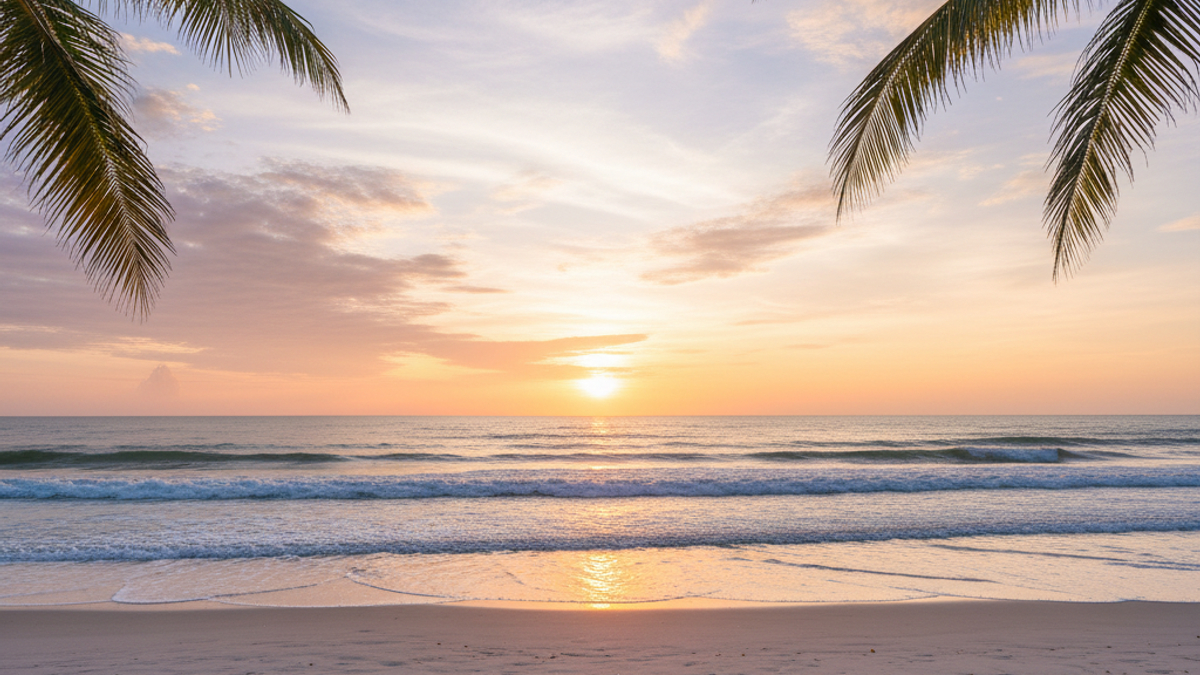Quick Reality Check
Fort Lauderdale’s postcard looks dreamy, yet the behind-the-scenes numbers matter more when you are thinking of swapping zip codes. About 182,000 people call the city home according to the latest census updates. More interesting, United States Postal Service change-of-address files show a net inflow of roughly 7 percent during the first half of 2025, mostly from the Northeast and Midwest. Housing has begun to bend in buyers’ favor. Median sale price in spring 2025 landed at 510 grand, down a touch over seven percent versus last year, and the average listing sat on the market for forty-four days instead of thirty. Jobs are still coming, cruise ships still dock, storms still loom. You need the full story, so let’s tear into it.
Your Wallet Versus the Waterfront
A slice of real estate in South Florida always sounds glamorous. The numbers will jolt you back to earth.
- Price movement. Early 2023 felt like a runaway auction. By late 2024 interest rates clipped demand. The result is what you see today, a softer graph that favors buyers willing to negotiate. Cash deals still dominate canalside homes, yet financed offers are winning more often than they did a year ago.
- Inventory shift. Active listings in May 2025 ran fifteen percent higher than the same month last year. Builders who broke ground during the frenzy are finally delivering units, especially along Federal Highway and in Flagler Village. More doors on the market means more leverage for you.
- Closing costs nobody advertises. Landscaping reserves, dock maintenance if you buy on the water, wind-mitigation inspections, flood insurance that can add two to five grand a year even outside the high-risk zones. Sneaky expenses sink newcomers who only budget for principal and interest.
- Rent or own. Average two-bed apartment downtown sits near 3,200 a month. Go ten minutes inland to the Lauderdale Manors area and you can cut that almost in half. Break-even point on buying pencils out to about four years of ownership once you layer in appreciation at historic norms. Short stint planned, rent. Longer horizon, buy and lock your payment while rates remain manageable.
Takeaway. The market finally lets buyers breathe, but you still need a clear exit strategy because Fort Lauderdale moves in cycles faster than most beach towns.
Sun, Sand, and a Lot More Than a Tan
You already know about the seven miles of beachfront. Let’s talk about the daily rhythm locals actually live.
- Morning paddle, afternoon espresso. Dawn patrol on a paddleboard along Middle River wakes you up better than any latte. Afterward, spacier cafés line Las Olas Boulevard, many with outdoor seating that turns into informal coworking tables by nine.
- Water culture everywhere. Sixteen hundred miles of waterways weave through the city. That translates into impromptu boat rides, floating yoga classes, Friday-night water-taxi hopping, and neighborhood gatherings at the dock instead of a cul-de-sac.
- Art that surprises you. The FATVillage Art Walk on the last Saturday of each month pulls painters, sculptors, experimental light shows, and food trucks into the streets. NSU Art Museum rotates exhibits fast, so you will not get museum fatigue.
- Festivals that hijack your calendar. Tortuga Music Festival, the Fort Lauderdale International Boat Show, underground craft-beer tastings tucked under parking decks. You could spend every weekend out and still miss half the events.
- No, it is not all cocktails and sunsets. Humidity in August feels like you are walking through soup, traffic clogs up during boat show week, and spring break crowds test your patience. Veterans schedule errands early and avoid the beach road between noon and four.
Bottom line. Lifestyle here favors people who want the ocean as a lifestyle accessory, not just a backdrop for vacation photos. If that sounds like you, keep reading.
Heat, Hurricanes, and Everything in Between
Sunshine sells the dream. Weather reality forces you to plan.
- Relentless sunshine. Two hundred forty-eight clear days a year is the bragging stat. Sounds perfect until you realize you will need industrial grade sunscreen and window tint unless you enjoy replacing sun-faded furniture every other year.
- Humidity hacks. Locals carry a spare shirt in the car. Dehumidifiers run inside homes even in winter. Lightweight linen rules the wardrobe. You adapt fast or you wilt.
- Storm season rituals. June through November, residents tune straight into the National Hurricane Center updates. Common checklist looks like this:
- Gas tank full by June
- Portable power bank charged and tested monthly
- Roof inspected for loose tiles before August
- Flood evacuation map printed out, not just saved online
Shelter upgrades that cut your insurance premium, impact windows, reinforced garage doors, and a roof tie-down system.
- Micro-climate awareness. A midday thunderstorm can dump three inches of rain in fifteen minutes on one side of town while the sun still shines on the other. Street flooding recedes fast but leaves debris. Look at drainage history when you scout neighborhoods.
Why this matters. Hype reels skip over mold, power outages, and water intrusions after slow-moving storms. Know the practical side, and you will thrive instead of merely survive.
Chasing the Paycheck
Living in paradise burns cash unless income matches the view. Good news, opportunity keeps growing.
- Industry mix. Tourism obviously ranks high, from hotels to mega-yacht services. Beyond that, Port Everglades cargo operations feed logistics jobs, Nova Southeastern University fuels healthcare research roles, and an emerging tech corridor along Cypress Creek adds coding payroll to the economy. Aerospace suppliers tied to Embraer and GA Telesis quietly recruit engineers at salaries that compete with larger metros.
- Remote work magnet. Fiber internet blankets the city, and coworking spaces sprout up as quickly as coffee shops. Many transplants keep big-city salaries while dialing in from their balcony. If you can work anywhere, a morning swim before the conference call becomes reality.
- Commuting truths nobody prints in brochures. Interstate 95 crawls southbound after three in the afternoon. The Brightline train slashes travel time to Miami to thirty minutes, yet monthly passes pile cost onto your budget. Cyclists love the flat terrain, but afternoon storms can wreck a ride home.
- Networking culture. Friday happy hour at the Wharf is where deals get sketched on napkins. Local chambers host boat-based networking mixers because of course they do. People talk shop in flip-flops and nobody bats an eye.
- Money math. Median household income sits around 74 grand, roughly in line with national figures, but housing eats a bigger slice of the pie. If you land above the median you are comfortable. Below it, budget discipline becomes non-negotiable.
Work plus play equation. Jobs are here, you just need to calibrate wages to living costs and ride out traffic like everyone else.
Ready to Take the Plunge
We covered money, lifestyle, weather, and work. Now you know Fort Lauderdale is more layered than shimmering Instagram reels. The housing tide favors buyers for the first time in years, yet ownership still carries hidden costs. Outdoor adventures wait beyond every seawall, though you must befriend humidity and prep for storms. Job prospects remain solid if you target the right sectors or lean into remote work. Cross-check your budget, visit during the peak of summer to feel the real heat, and talk with a local agent who lives what they sell. Paradise is possible, it just rewards the well-researched.
Five Questions People Ask Before Moving to Fort Lauderdale
- How much flood insurance will I really pay. Rates vary by elevation and proximity to waterways, yet plan on two to five thousand dollars a year for a typical single-family property. A recent elevation certificate can cut that by hundreds.
- Which neighborhoods feel walkable without breaking the bank. Flagler Village offers art, dining, and reasonable condo pricing compared with beachfront towers. Parts of Sailboat Bend provide historic charm plus riverfront trails, though inventory moves fast.
- Is a car mandatory. You can survive downtown on bikes, Brightline, and water taxis, however grocery runs become a workout. Most residents keep at least one vehicle, small crossovers outsell sedans thanks to frequent gear hauling.
- What is the real story on property taxes. Broward County millage rates run high compared with many states, roughly one point three percent of assessed value. Homestead exemptions soften the hit if the home is your primary residence.
- Can I actually swim year-round. Ocean temps dip to the low seventies in January, still comfortable by northern standards. Locals swap to wet suits only for early morning winter sessions. The rest of the year the water feels like bathwater.

